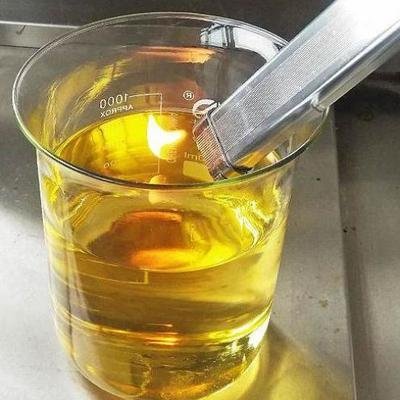The Difference Between Anhydrous Ethanol and Ethanol
Ethanol plays a crucial role in our everyday lives, from fuel to pharmaceuticals. But what sets anhydrous ethanol apart from regular ethanol? Understanding this difference is essential in fields like industrial chemistry, medicine, and even agriculture. Let’s break it down.
What is Ethanol?
Ethanol, commonly known as ethyl alcohol, is a versatile compound used in various industries. Its properties, uses, and accessibility make it one of the most significant substances in modern chemistry.

Definition and Composition
Ethanol, chemically represented as C₂H₅OH, is a clear, colorless liquid with a distinct smell. Its composition includes carbon, hydrogen, and oxygen. Ethanol is produced naturally through the fermentation of sugar by yeast and can also be synthesized chemically. It’s this chemical structure that makes it such a powerful solvent and energy source. Learn more about ethanol’s chemical structure and properties.
Common Uses of Ethanol
Ethanol has such a broad application that it’s woven into numerous products we use daily. It’s a key ingredient in hand sanitizers, pharmaceuticals, and alcoholic beverages. In addition, it’s vital in industrial applications, such as serving as a solvent in cleaning products or as a renewable component of automotive fuel. Explore the detailed uses of ethanol.
What is Anhydrous Ethanol?
Anhydrous ethanol, often referred to as absolute ethanol, shares the same chemical formula as regular ethanol but with one crucial difference—purity.
Definition and Purity Level
The term “anhydrous” means “without water.” While regular ethanol contains water (often around 5%), anhydrous ethanol is almost entirely water-free, typically purified to 99.5% or greater ethanol content. This higher purity level makes it indispensable in precision industries like pharmaceuticals and fuel production. Discover more about the purpose of absolute ethanol.
Production Methods
Producing anhydrous ethanol requires removing as much water as possible from fermented ethanol. This process involves distillation followed by advanced drying techniques like using molecular sieves or chemical drying agents. These methods help achieve the nearly water-free composition required for certain industrial uses. Read about different alcohol grades and production methods.
Key Differences Between Anhydrous and Hydrous Ethanol
Though their chemical formula remains the same, anhydrous and hydrous ethanol differ in three significant aspects: water content, usage, and stability.
Water Content Comparison
Hydrous ethanol typically contains about 5-10% water, while anhydrous ethanol is purified to less than 0.5% water content. This difference is crucial because even small amounts of water can affect ethanol’s efficiency in certain applications, such as blending with gasoline in engines.
Usage in Industries
Hydrous ethanol is often used in alcoholic beverages, where the presence of water doesn’t pose a problem. On the other hand, anhydrous ethanol finds more specific applications, such as a fuel additive to improve combustion or as a drying agent in laboratories. Explore its role as a renewable energy resource.
Storage and Stability
Anhydrous ethanol is more stable under storage as it’s less prone to absorbing water from the air. Hydrous ethanol, however, requires careful handling to prevent contamination and dilution by moisture.
Health and Safety Considerations
Using ethanol, whether anhydrous or hydrous, requires awareness of its health and environmental impacts.
Toxicity and Handling
Both forms of ethanol are flammable and require proper storage to prevent accidents. Anhydrous ethanol, due to its dryness, is more volatile and should be handled with extra care. Skin contact or ingestion can cause irritation or toxicity, necessitating protective gear during use.
Environmental Impact
Ethanol is considered an eco-friendly fuel option when compared to fossil fuels. However, its production, especially at industrial scales, can impact water and land resources. As a renewable resource, ethanol contributes to reducing greenhouse gas emissions when used in fuel blends like E10 or E85. Learn about ethanol’s role in environmental sustainability.
Conclusion
Understanding the distinction between anhydrous and hydrous ethanol is more than splitting hairs—it’s about ensuring their optimal use in various industries. With its higher water content, hydrous ethanol suits applications like alcoholic beverages and cleaning products, while anhydrous ethanol’s high purity makes it indispensable in fields like fuel and pharmaceuticals. Next time you encounter ethanol in your daily life, you’ll know exactly why these differences matter.






